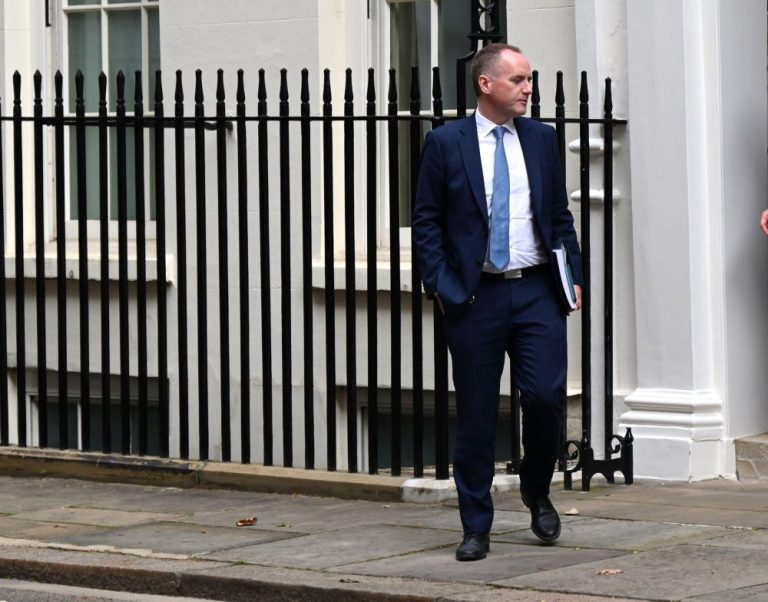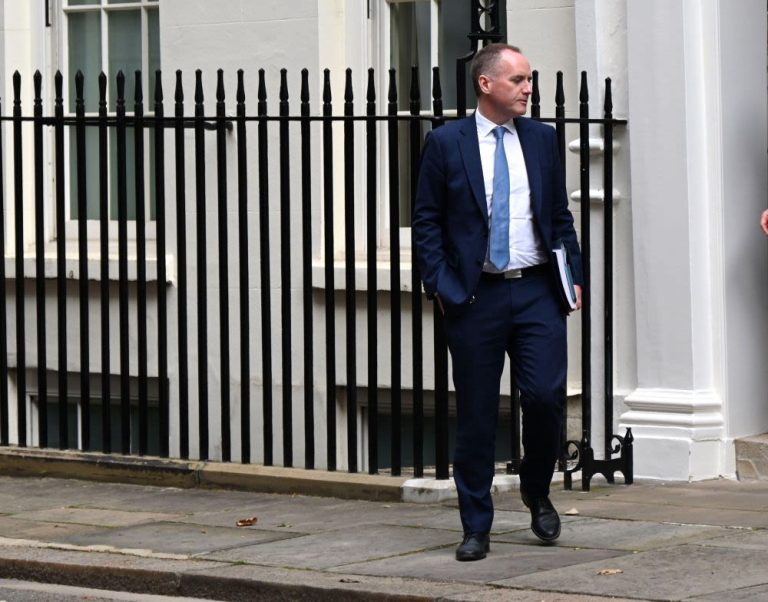
Starmer’s Call to Arms: The UK Shifts into “War-Fighting Readiness”
In a landmark address in Glasgow, Prime Minister Keir Starmer declared that the United Kingdom is no longer preparing for a distant conflict—it is gearing up for “war-fighting readiness” here and now. With a series of bold commitments to submarines, munitions, nuclear warheads and strategic review, the government is signalling a profound shift in defence posture. Faced with what Starmer called “the most serious, immediate and unpredictable threat since the Cold War,” Downing Street is set to ramp up spending and capabilities across all domains.
“The Frontline Is Here”: Context and Rationale
Since Russia’s full-scale invasion of Ukraine in 2022, global security dynamics have changed dramatically. Starmer described an environment of daily cyber-attacks, naval incursions and mounting nuclear risks that directly impact British homes—warning that these pressures are “driving up the cost of living” for working families. By stating “the frontline is here,” the PM underscored that threats are no longer confined to foreign battlefields but loom at Britain’s doorstep.
Key Announcements: Submarines, Munitions and Nuclear Deterrence
- Attack Submarines: The UK will build up to 12 advanced attack submarines under the AUKUS partnership with Australia and the United States, with a new vessel scheduled every 18 months.
- Munitions Factories: At least six new factories will be established to produce vital ammunition, addressing shortfalls exposed by recent conflicts.
- Long-Range Weapons: Thousands of new long-range precision munitions will enter service, enhancing the Royal Navy and RAF’s striking capabilities.
- Nuclear Warheads: A £15 billion investment will underwrite the UK’s sovereign nuclear warhead programme, ensuring a credible deterrent for generations.
By combining both conventional and nuclear assets, the government aims to present a unified deterrent posture capable of defending the realm against 21st-century threats.
The Strategic Defence Review: Unity of Purpose
Starmer highlighted a forthcoming Strategic Defence Review led by Lord George Robertson, former NATO Secretary-General. This comprehensive report will outline a vision for uniting government, industry and citizens in a common cause: safeguarding national security. Starmer stressed the need for every citizen to play a role, from military reserves to critical infrastructure support, arguing that “nothing works unless we all work together.”
Budget Boosts: 2.3% GDP Today, 2.5% by 2027—and a 3% Aspiration
Currently, Britain allocates 2.3 percent of GDP to defence. Starmer’s administration has already committed to raising this to 2.5 percent by 2027, a pledge secured under pressure from allied capitals and parliamentary voices demanding higher investment. Looking further ahead, the government will set a “clear ambition” to reach 3 percent in the next parliament—though no firm timeline was promised. While this lags behind NATO’s 3.5–5 percent targets, it represents a significant real-terms increase in capability funding.
Three Pillars of the New Defence Doctrine
In his Glasgow speech, Starmer distilled the defence overhaul into three core changes:
- War-Fighting Readiness: Armed forces will prioritise a fully mobilised, lethal and integrated fighting force, ready at a moment’s notice.
- NATO Solidarity: Every measure will reinforce the North Atlantic Alliance, ensuring the UK never stands alone in defence.
- Innovation at Pace: Research, AI, drones and advanced technologies will be fast-tracked to maintain a cutting-edge military edge.
This doctrine marks a departure from post-Cold War expeditionary models, focusing instead on rapid deterrence and collective defence in the Euro-Atlantic sphere.
Balancing Defence and Domestic Priorities
Ramping up military spending inevitably raises questions about trade-offs in public finances. Starmer acknowledged the difficult choice to channel more funds into defence—partly at the expense of international aid budgets—while vowing that the government will secure alternative savings to protect frontline services. His refusal to commit to a fixed date for reaching 3 percent spending reflected the complexity of balancing fiscal discipline with strategic necessity.
Public and Political Reactions
Reactions have been mixed. Defence industry leaders and NATO allies praised the clarity of purpose and commitment to munitions stockpiles, while opposition MPs warned of squeezing domestic programmes and the risk of strategic overstretch. Think-tanks welcomed the Strategic Defence Review’s promise of cross-government unity but urged swift publication to guide industry investment decisions.
Looking Ahead: Implementation Challenges
Delivering this ambitious agenda will require:
- Industrial Capacity: Ensuring domestic shipyards and munitions plants can meet accelerated production targets.
- Workforce Expansion: Training and retaining enough skilled personnel to operate submarines, factories and high-tech weapon systems.
- Alliance Coordination: Aligning closely with US and Australian partners under AUKUS, while maintaining strong ties to European allies.
- Technological Edge: Sustaining R&D investment in AI, cyber defence and hypersonics to outpace adversaries.
As Britain shifts from a post-imperial defence posture to one of front-line deterrence, the coming years will test the government’s ability to translate strategy into tangible capabilities.




